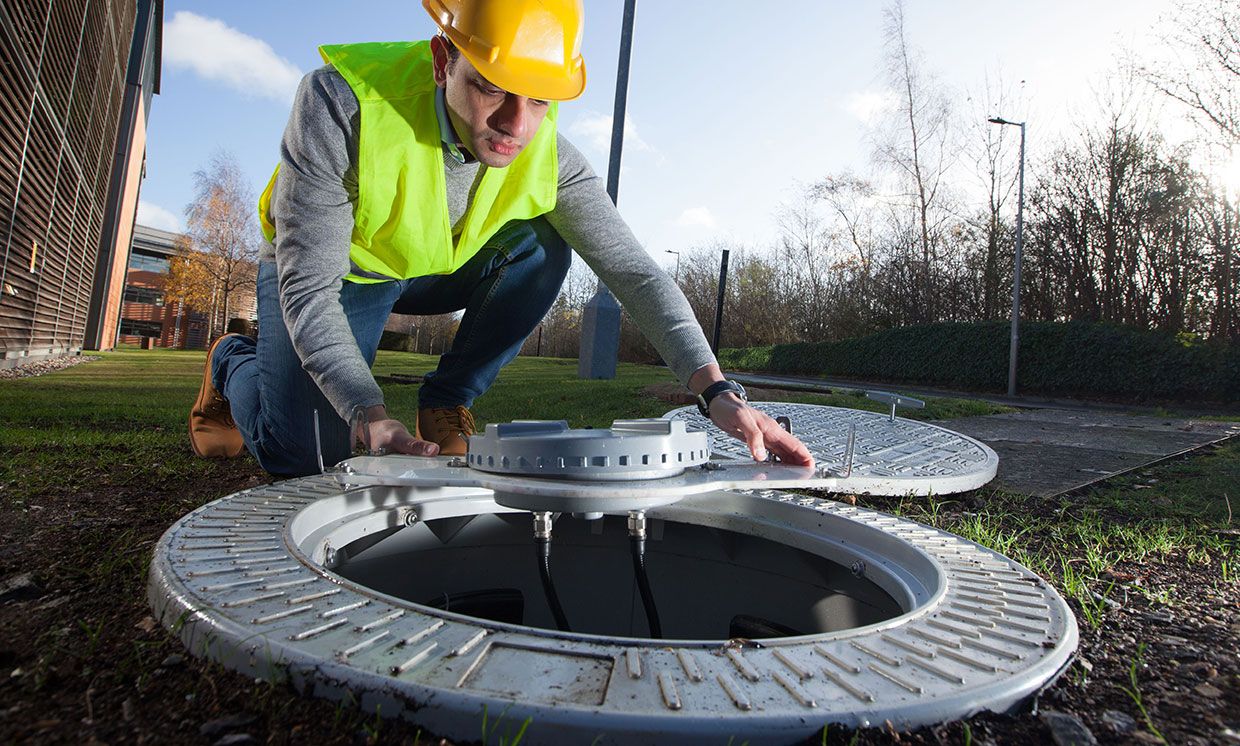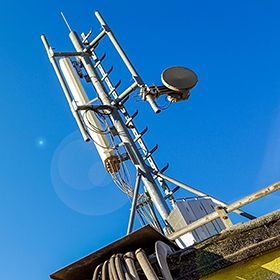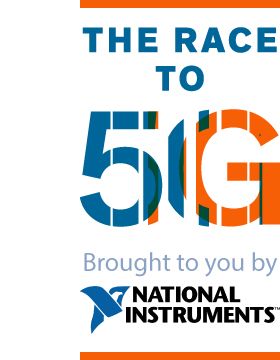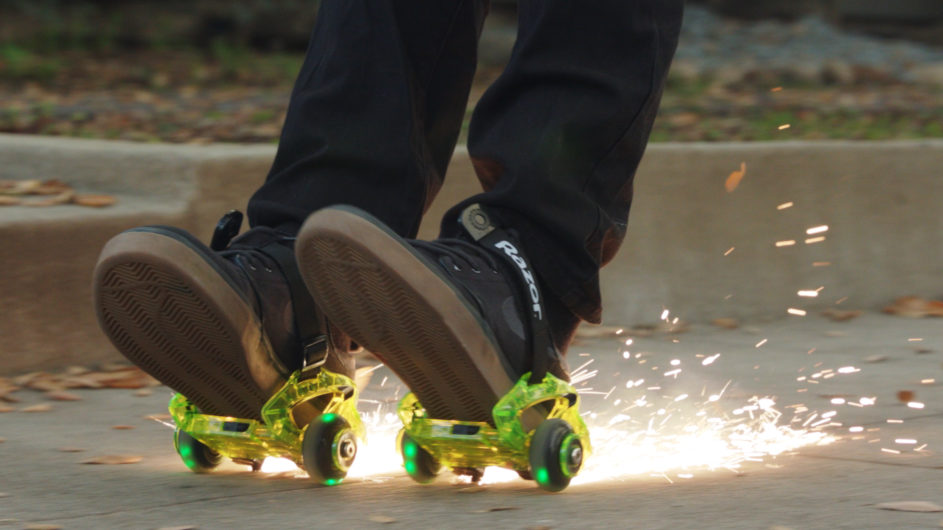Recent Grant Awards
HHS Title X Family Planning Service Grants Award by State
Fiscal Year 2018 Grantees
The awards below are for FY18 Title X family planning service grants. All of these grants will begin on Saturday, September 1, 2018 and will end on Saturday, March 31, 2019.
| State | Grantee | Fiscal Year 2018 Award |
|---|---|---|
| Alabama | Alabama Department of Public Health | $ 3,811,000 |
| Alaska | Alaska Department of Health and Social Services | $ 422,000 |
| Alaska | Planned Parenthood of the Great Northwest and the Hawaiian Islands | $ 753,000 |
| Arizona | Arizona Department of Health Services | $ 906,000 |
| Arizona | Arizona Family Health Partnership | $ 2,718,000 |
| Arizona – Navajo | Arizona Family Health Partnership | $ 332,000 |
| Arkansas | Arkansas Department of Health | $ 2,884,000 |
| California | Essential Access Health | $ 14,360,000 |
| Colorado | Colorado Department of Public Health and Environment | $ 2,589,000 |
| Connecticut | Cornell Scott-Hill Health Corporation | $ 219,000 |
| Connecticut | Planned Parenthood of Southern New England Inc. | $ 1,563,000 |
| Delaware | Executive Office of the Governor of Delaware/Division of Public Health | $ 810,000 |
| District of Columbia | Unity Health Care, Inc. | $ 911,000 |
| Florida | Community Health Centers of Pinellas, Inc. | $ 209,000 |
| Florida | Florida Department of Health | $ 7,290,000 |
| Georgia | The Family Health Centers of Georgia, Inc. | $ 5,528,000 |
| Georgia | Neighborhood Improvement Project, Inc. | $ 209,000 |
| Hawaii | State of Hawaii Department of Health | $ 1,000,000 |
| Hawaii | Planned Parenthood of the Great Northwest and the Hawaiian Islands | $ 588,000 |
| Idaho | Idaho Department of Health and Welfare | $ 1,122,000 |
| Idaho | Planned Parenthood of the Great Northwest and the Hawaiian Islands | $ 139,000 |
| Illinois | Aunt Martha’s Youth Service Center, Inc. | $ 452,000 |
| Illinois | Planned Parenthood of Illinois | $ 2,451,000 |
| Illinois | Illinois Department of Public Health | $ 2,777,000 |
| Indiana | Indiana Family Health Council, Inc. | $ 3,520,000 |
| Iowa | Iowa Department of Public Health | $ 925,000 |
| Iowa | Family Planning Council of Iowa | $ 1,964,000 |
| Kansas | Kansas Department of Health and Environment | $ 1,816,000 |
| Kentucky | Kentucky Cabinet for Health and Family Services | $ 3,893,000 |
| Louisiana | Louisiana Department of Health | $ 3,275,000 |
| Maine | Family Planning Association of Maine | $ 1,414,000 |
| Maryland | CCI Health and Wellness Services | $ 560,000 |
| Maryland | Maryland Department of Health and Mental Hygiene | $ 2,296,000 |
| Massachusetts | Action for Boston Community Development, Inc. | $ 1,251,000 |
| Massachusetts | Health Imperatives, Inc. | $ 921,000 |
| Massachusetts | Massachusetts Department of Public Health | $ 2,110,000 |
| Michigan | Michigan Department of Health and Human Services | $ 5,285,000 |
| Minnesota | Planned Parenthood Minnesota, North Dakota, South Dakota | $ 1,865,000 |
| Minnesota | Ramsey County | $ 394,000 |
| Mississippi | Mississippi State Department of Health | $ 3,261,000 |
| Missouri | Missouri Family Health Council, Inc. | $ 3,494,000 |
| Montana | Montana Department of Public Health and Human Services | $ 1,453,000 |
| Nebraska | Nebraska Department of Health and Human Services | $ 1,494,000 |
| Nevada | City of Carson City | $ 244,000 |
| Nevada | Nevada Department of Health and Human Services | $ 140,000 |
| Nevada | Nevada Health Centers, Inc. | $ 132,000 |
| Nevada | Nevada Primary Care Association | $ 695,000 |
| Nevada | Southern Nevada Health District | $ 903,000 |
| Nevada | Washoe County Health District | $ 521,000 |
| New Hampshire | Planned Parenthood of Northern New England, Inc. | $ 469,000 |
| New Hampshire | New Hampshire Department of Health and Human Services | $ 591,000 |
| New Jersey | New Jersey Family Planning League, Inc. | $ 6,481,000 |
| New Mexico | New Mexico Department of Health | $ 2,295,000 |
| New York | Beacon Christian Community Health Center | $ 700,000 |
| New York | New York State Department of Health | $ 5,798,000 |
| New York | Public Health Solutions | $ 3,125,000 |
| New York | The Floating Hospital, Inc. | $ 400,000 |
| North Carolina | North Carolina Department of Health and Human Services | $ 3,800,000 |
| North Carolina | Planned Parenthood South Atlantic | $ 1,424,000 |
| North Dakota | North Dakota Department of Health | $ 738,000 |
| Ohio | Ohio Department of Health | $ 2,295,000 |
| Ohio | Planned Parenthood of Greater Ohio | $ 2,847,000 |
| Ohio | Planned Parenthood Southwest Ohio Region | $ 1,042,000 |
| Oklahoma | Oklahoma State Department of Health | $ 2,431,000 |
| Oklahoma | Caring Hands Healthcare Centers, Inc. | $ 212,000 |
| Oklahoma | Community Health Connection, Inc. | $ 452,000 |
| Oregon | Oregon Heath Authority | $ 2,179,000 |
| Pennsylvania | AccessMatters | $ 3,881,000 |
| Pennsylvania | Adagio Health Inc. | $ 2,628,000 |
| Pennsylvania | Family Health Council of Central PA., Inc. | $ 1,944,000 |
| Pennsylvania | Maternal and Family Health Services, Inc. | $ 1,233,000 |
| Rhode Island | Rhode Island Department of Health | $ 835,000 |
| South Carolina | South Carolina Department of Health and Environmental Control | $ 4,065,000 |
| South Dakota | South Dakota Department of Health | $ 753,000 |
| Tennessee | Tennessee Department of Health | $ 4,824,000 |
| Texas | Your Health Clinic dba Callie Clinic | $ 188,000 |
| Texas | Women’s Health and Family Planning Association of Texas | $ 10,000,000 |
| Utah | Planned Parenthood Association of Utah | $ 1,410,000 |
| Vermont | Vermont Agency of Human Services | $ 554,000 |
| Virginia | Virginia Department of Health | $ 2,635,000 |
| Virginia | Planned Parenthood South Atlantic | $ 504,000 |
| Washington | Washington State Department of Health | $ 2,783,000 |
| West Virginia | Adagio Health Inc. | $ 278,000 |
| West Virginia | West Virginia Department of Health and Human Resources | $ 1,385,000 |
| Wisconsin | Wisconsin Department of Health Services | $ 1,000,000 |
| Wisconsin | Planned Parenthood of Wisconsin, Inc. | $ 2,100,000 |
| Wyoming | Wyoming Health Council | $ 616,000 |
| American Samoa | Lyndon B. Johnson Tropical Medical Center | $ 200,000 |
| Commonwealth of the Northern Mariana Islands | Commonwealth Healthcare Corporation | $ 134,000 |
| Federated States of Micronesia | Federated States of Micronesia | $ 240,000 |
| Guam | Guam Department of Public Health and Social Services | $ 210,000 |
| Palau | Palau Ministry of Health | $ 103,000 |
| Puerto Rico | University of Puerto Rico Medical Sciences Campus | $ 2,000,000 |
| Puerto Rico | Family Planning Association of Puerto Rico | $ 560,000 |
| Republic of the Marshall Islands | Ministry of Health in the Republic of the Marshall Islands | $ 94,000 |
| U.S. Virgin Islands | Virgin Islands Department of Health | $ 609,000 |







